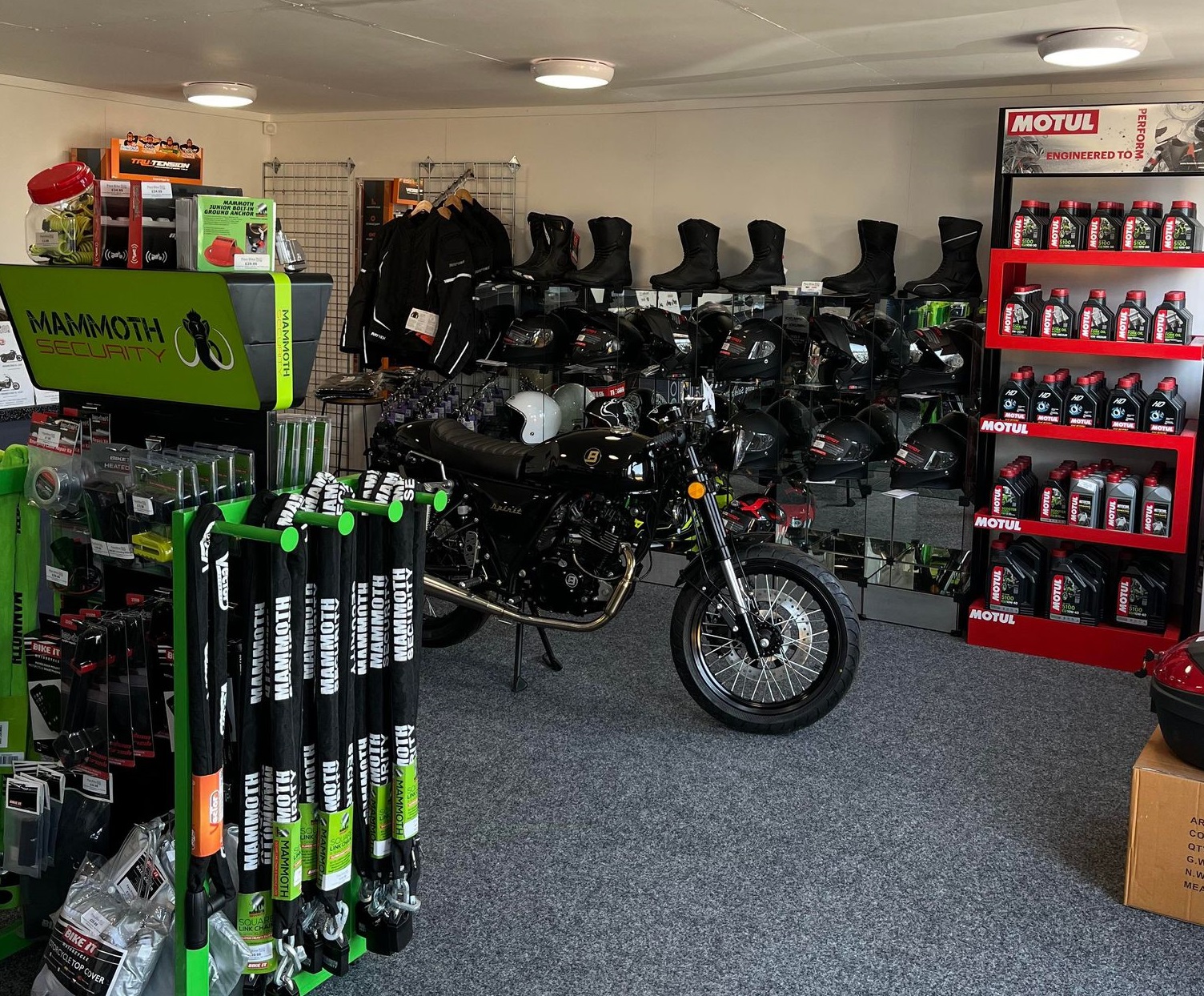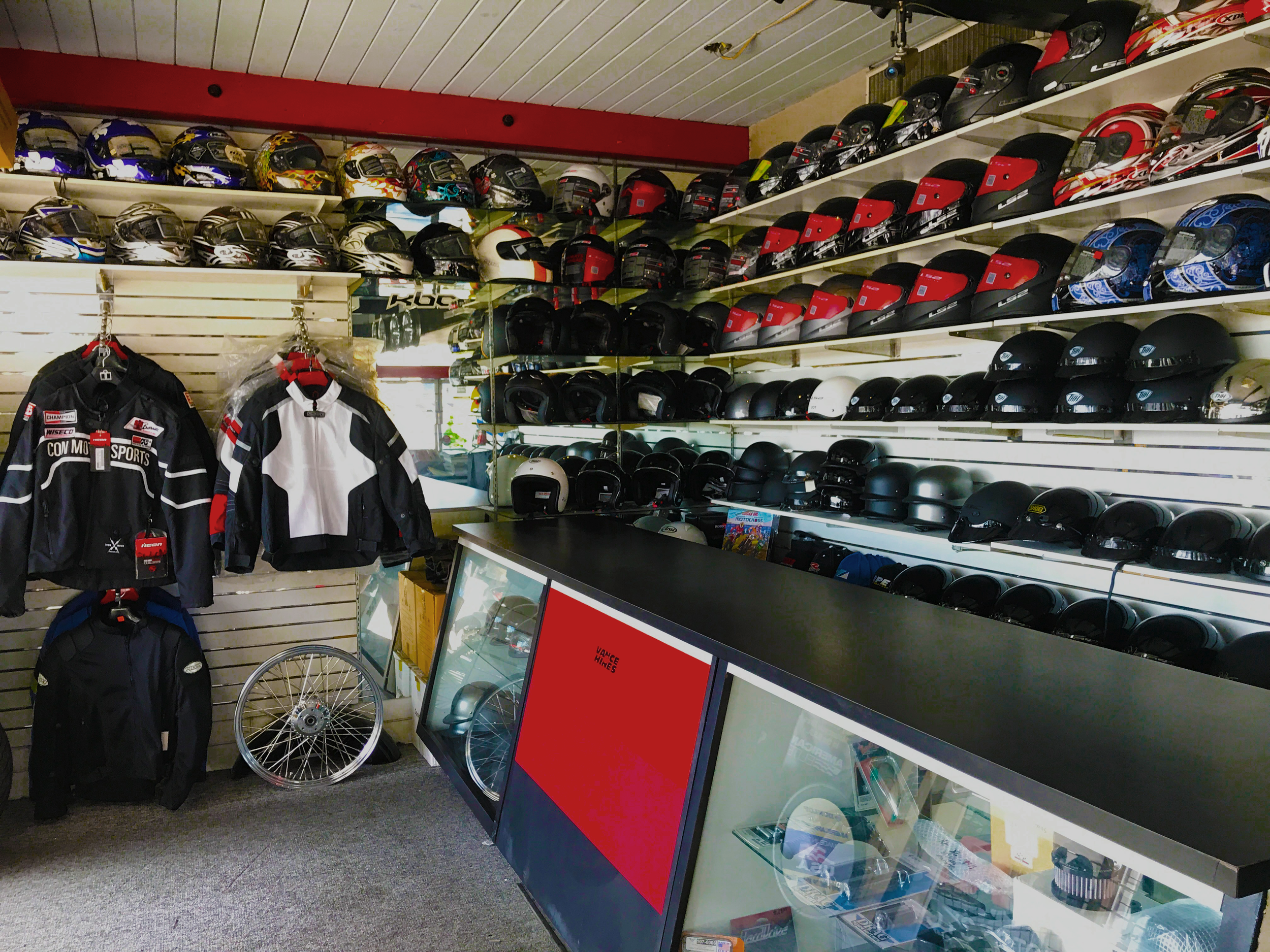Understanding Bike Gears: Just How to Enhance Your Riding Experience
In the world of motorcycling, grasping the art of gear manipulation is important for boosting your riding efficiency. Appropriately making use of and comprehending motorbike gears can significantly affect fuel, control, and velocity performance, changing a typical experience right into a smooth, thrilling trip. By integrating precise shift timing and adjusting gear selection to various roadway conditions, riders can make certain ideal engine performance and security. The nuances of clutch control, throttle control, and equipment mechanics bid a deeper expedition, promising to open the full possibility of your equipment. Exactly how can these techniques be used to really maximize your riding experience?
Comprehending Equipment Mechanics
Just how do the details of equipment auto mechanics influence motorcycle performance? At the core of motorcycle dynamics, gear mechanics play a pivotal function in transforming engine power right into activity, inevitably determining rate and control. Gears, diligently crafted parts, enable bikers to enhance torque and speed, guaranteeing a seamless shift through various surfaces and rates. The equipment proportions, very carefully created, establish the partnership in between engine transformations and wheel turns, affecting acceleration and fuel efficiency.
Understanding equipment auto mechanics begins with identifying the relevance of the gearbox, which houses multiple equipments of differing sizes. These gears interact via a procedure called meshing, where teeth of different equipments engage to send power. The accuracy of this interaction is critical; any type of imbalance or damage can bring about inefficient power transfer, hindering efficiency. Additionally, the setup and size of equipments influence the motorcycle's ability to deal with various tons and rates.
In addition, the concept of equipment changing is important to making the most of efficiency. Smooth and prompt shifts make certain that the engine operates within its ideal power band, preventing unnecessary pressure and improving long life (motorcycle shop). By comprehending these mechanical complexities, motorcyclists can attain an unified mix of control, power, and performance, raising their riding experience
Timing Your Changes
Shift timing mastery is crucial for optimizing motorbike performance and improving the riding experience. Effectively timed changes guarantee that the engine operates within its ideal power band, which is essential for maintaining control, accomplishing smooth velocity, and making sure the longevity of the motorbike. Bikers need to create an instinctive feeling of when to change gears, which involves understanding the relationship between engine revolutions per minute (RPM) and rate.
To understand change timing, pay very close attention to the engine's audio and really feel, as these supply crucial hints regarding when to alter gears. When the engine comes close to the upper range of its power band without reaching the redline, the ideal change point generally occurs - motorcycle shop. Changing prematurely can lead to an absence of power, while moving far too late may create unnecessary engine strain
In addition, road problems and riding design influence change timing. In comparison, during freeway riding, fewer changes at higher rates can be extra appropriate.
Enhancing Fuel Effectiveness
While understanding motorcycle gears is important for efficiency, enhancing fuel performance is equally essential for both environmental and economic factors. Optimal gas consumption not just minimizes functional costs but likewise decreases the ecological footprint of riding. To attain this, one must understand the elaborate connection in between equipment option and engine efficiency.
Firstly, selecting the best equipment at ideal speeds can considerably affect gas consumption. Riding in a higher gear at lower speeds can result in engine carrying, page which is damaging to both fuel economy and engine health and wellness. On the other hand, riding in reduced gears at high rates causes unnecessary fuel usage. Thus, preserving an ideal equilibrium by moving equipments in positioning with anchor road problems and anticipated maneuvers is important.
Furthermore, routine maintenance plays a pivotal role in gas performance. Making sure that the motorbike is well-tuned, with clean air filters and appropriately pumped up tires, can improve aerodynamics and decrease fuel wastage. Embracing a riding design that accepts gradual velocity and smooth deceleration can add to much better gas economic climate.

Methods for Smooth Transitions
Achieving smooth equipment shifts is basic to improving the riding experience and guaranteeing the long life of a motorbike's transmission system. Correct equipment shifting not just adds to a smooth ride however also lessens wear and tear on the mechanical parts. To master the art of smooth shifts, riders need to focus on a few vital techniques.

Second of all, clutch control plays a pivotal function. Engaging and disengaging the clutch efficiently calls for practice. The clutch lever must be launched progressively, enabling a seamless transfer of power from the engine to the wheels without triggering a shock or sudden movement.

Adjusting to Roadway Problems
Browsing varied roadway conditions is an important ability for any type of motorcyclist aiming to maintain control and safety. Whether you're riding on damp surface areas, crushed rock roadways, or navigating sharp turns, your ability to adjust your equipment usage and riding technique is paramount. Understanding how to readjust your gears appropriately can dramatically affect traction and stability, ensuring a more secure trip.
On damp roads, it is recommended to maintain greater gears to decrease torque and minimize wheel spin. This strategy aids preserve grip on unsafe surface areas, allowing for smoother velocity and slowdown. On the other hand, when riding on crushed rock or unequal terrain, lower equipments are more effective. Lower equipments supply much better control and allow you to react more promptly to unforeseen changes in the useful reference roadway surface.
Sharp curves require accurate equipment administration to stabilize speed and control. Downshifting prior to entering a contour can aid preserve energy while making certain the motorcycle continues to be stable throughout the turn. Regular practice in different problems improves your capacity to react and predict to modifications in roadway structure and slope.
Final Thought
Mastering motorcycle gears considerably boosts the riding experience by boosting acceleration, gas, and control efficiency. Adapting gear selection to various roadway conditions, such as making use of greater equipments on damp surface areas and lower gears on gravel, more boosts handling and security.
Recognizing equipment auto mechanics begins with recognizing the significance of the transmission, which houses multiple gears of differing dimensions. These gears communicate through a procedure recognized as meshing, where teeth of various equipments engage to transmit power (motocross gear nz). Mild adjustments to the throttle throughout equipment shifts can stop jerky movements and keep a regular riding speed
Whether you're riding on damp surface areas, crushed rock roads, or browsing sharp turns, your capability to adjust your equipment usage and riding strategy is vital. Adapting gear selection to various road conditions, such as using higher equipments on wet surfaces and lower gears on crushed rock, further improves handling and security.